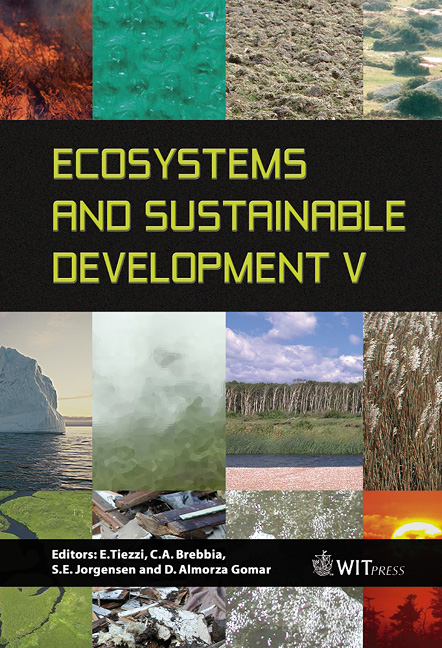Self-regulation Strategies And Co-management Of Fisheries Resources In The Amazon Basin
Price
Free (open access)
Transaction
Volume
81
Pages
6
Published
2005
Size
294 kb
Paper DOI
10.2495/ECO050511
Copyright
WIT Press
Author(s)
C. E. C. Freitas, A. A. F. Rivas & J. R. Kahn
Abstract
Six kinds of fisheries were recently developed in the Amazon basin: subsistence, mono-specific commercial for exportation, multi-specific commercial for local market, ornamental, reservoir and recreative fishery. Some of them exploit the same stocks. These overlays generate conflicts between resources users, mainly between subsistence fisheries and commercial fisheries who harvest fish in floodplain areas. Self-regulation and co-management have recently shown good results as strategies to the conservation of natural stocks and to promote sustainable development. The settling of a pact between resource users has been the most frequently strategy used by the Brazilian government in the decentralization of fishery management. In this paper, we describe the users’ conflicts in the Amazonian and analyze one case study of fisheries co-management in the Amazon basin, aiming to evaluate its feasibility as a strategy towards resource conservation and users welfare. Keywords: fisheries. 1 Introduction The fish exploitation at Amazon basin is a traditional activity and the pressure on the natural stocks changed in intensity since the start of European colonization [1]. Probably, demographic density is the main factor for changes, mainly the traditional establishing of towns, villages small and communities at margins of large rivers. The complexity of Amazon fishing is very high. The predominance of small-scales procedures for school detection and catch is reflected by high diversity of
Keywords
fisheries.





